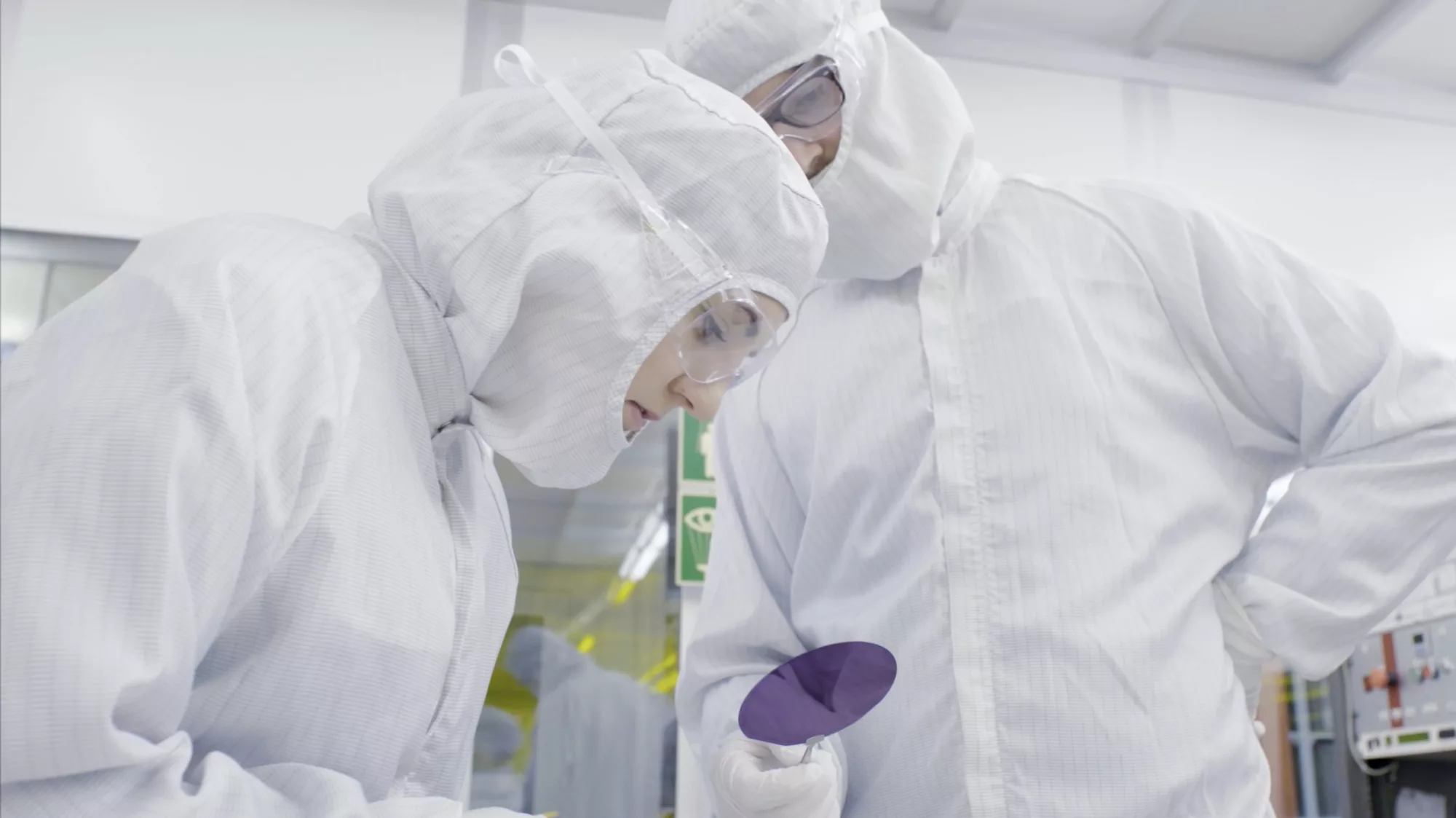Sign up for our newsletter!
Your data will be handled in compliance with our privacy policy.
Your data will be handled in compliance with our privacy policy.

Moore’s Law has described exponential growth in computing power for decades, doubling transistor density approximately every two years. This remarkable progression has enabled transformative advances from personal computers and smartphones to cloud computing and artificial intelligence. However, this continued advancement now faces a critical barrier: stable power delivery.
As transistors become more densely packed and switch at faster rates in today’s advanced processors, voltage fluctuations in the power supply create increasing interference problems. These fluctuations, known as transients, can cause serious errors in chip operation and have emerged as the primary obstacle to further performance gains in AI, high-performance computing, and mobile applications.
The solution to this challenge requires energy reservoirs – capacitors – positioned as close as possible to the transistors to smooth out these power fluctuations. For the most advanced chips, these capacitors must be mounted directly underneath the processor package in the extremely limited space between the chip and the circuit board. This placement is not optional but essential, as it’s the closest possible position without integrating capacitors into the chip itself.
This necessity creates specific and demanding technical requirements:
Critically, existing technologies are failing to meet these combined requirements cost-effectively:
This creates both a significant market gap and an exceptional opportunity for innovation.
Smoltek Semi directly addresses this unmet need with our CNF-MIM technology. By utilizing carbon nanofibers in an additive manufacturing process, we create capacitors that deliver the necessary capacitance within these extreme physical constraints – and at a lower production cost than competing approaches. This allows us to enable the continued scaling that next-generation electronics require, effectively pushing back the limits that threaten Moore’s Law.
By solving this critical power delivery challenge, Smoltek Semi enables the continued advancement of electronic performance for smartphones, high-performance computing systems, and AI servers that will drive the next wave of technological innovation.